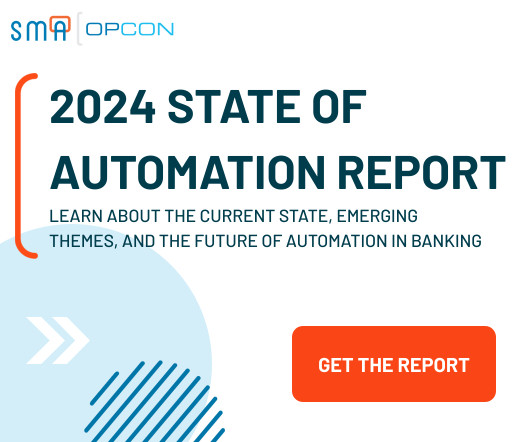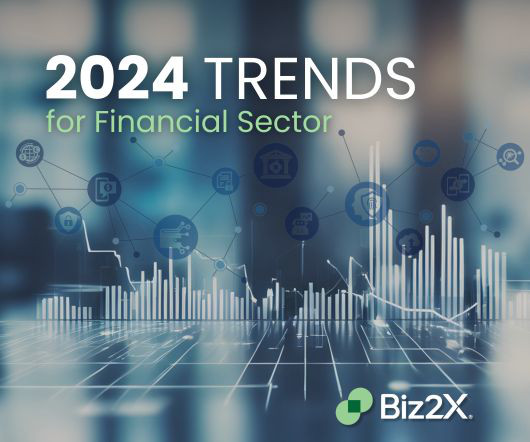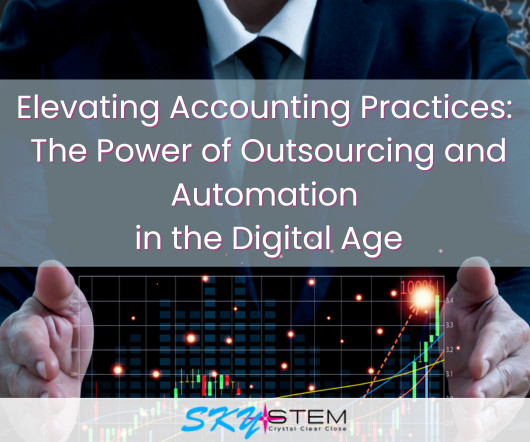VAR for Enterprise Risk Management
South State Correspondent
AUGUST 5, 2015
Two risk managers were discussing their fear of flying and crashing to their deaths in an airplane. One of the risk managers stated that he had a morbid fear of being on a plane that is blown up by an onboard bomb. The second risk manager asked how he handled this fear, to which the first risk manager replied - “Simple, I bring on board with me a bomb that I have control over, and of course I would never detonate it.










































Let's personalize your content